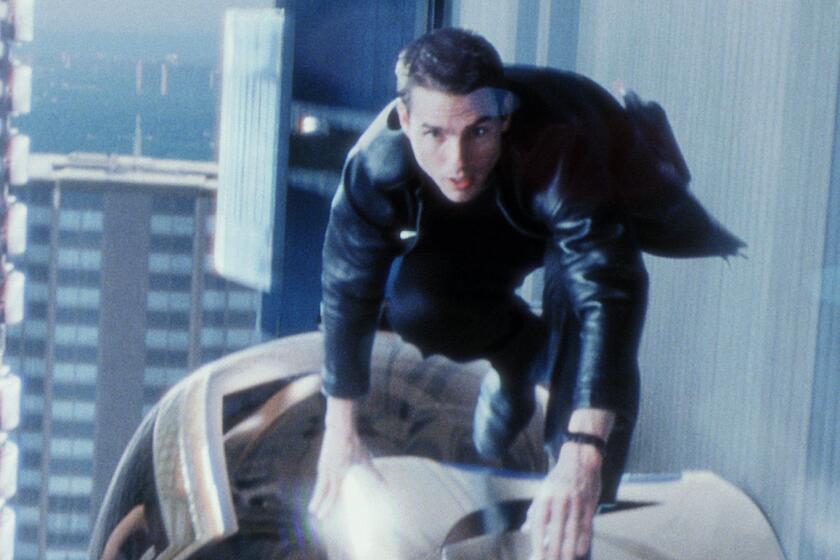FEEDBACK
- Share via
I haven’t quite been able to wrap my head around the concept that today’s moviegoers are embracing horror pictures as a means of finding “release . . . or at least distraction from the real threats we face” [“The Horror . . . the Horror,” Jan. 25]. This certainly could have been true in the glory days of Universal monster mashes featuring the Frankenstein Monster, the Wolf Man, the Mummy and other “supernatural” figures, but not in the 21st century, when torture-porn films are as fact-based as front-page murder stories and many times more unspeakably awful.
As horror king Boris Karloff rightly said in a 1951 interview, the kind of horror movies in which he appeared were a form of escapism because, far from being horrified by the Frankenstein Monster, most people were sympathetic toward him. “People are fascinated by those pictures. The reaction is terror, not horror. . . . ‘Horror’ has a connotation of revulsion.”
Tom Weaver
Sleepy Hollow, N.Y.
Weaver is the author of numerous books of interviews with horror, science fiction and fantasy filmmakers.
--
Modern horror movies may be after our dollars, not our souls, as Gina McIntyre posits, but I fear more for our souls than our wallets when so many filmgoers in recent years have embraced the “unspeakable acts” portrayed in so-called torture porn.
It’s a travesty to mention “the glory days of . . . Bela Lugosi and Boris Karloff” in the same article, the same breath or the same universe as latter-day charnel-churners. Ironically, Karloff never liked the term “horror movies” as a label for his films; he preferred Poe’s phrase “tales of mystery and imagination.” “Horror,” on the other hand, implies “revulsion” -- something in which the classics of the 1930s and ‘40s never trafficked. Alas, it is the perfect word to convey the content of all too many contemporary fright films.
Preston Neal Jones
Hollywood
More to Read
Only good movies
Get the Indie Focus newsletter, Mark Olsen's weekly guide to the world of cinema.
You may occasionally receive promotional content from the Los Angeles Times.










